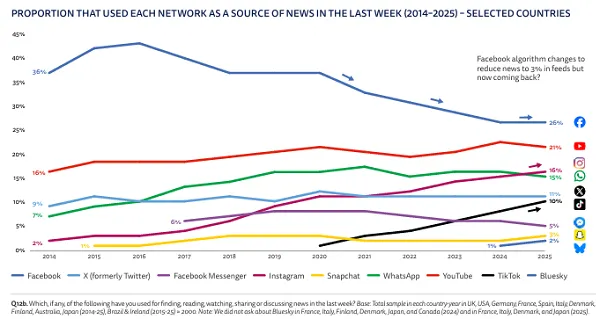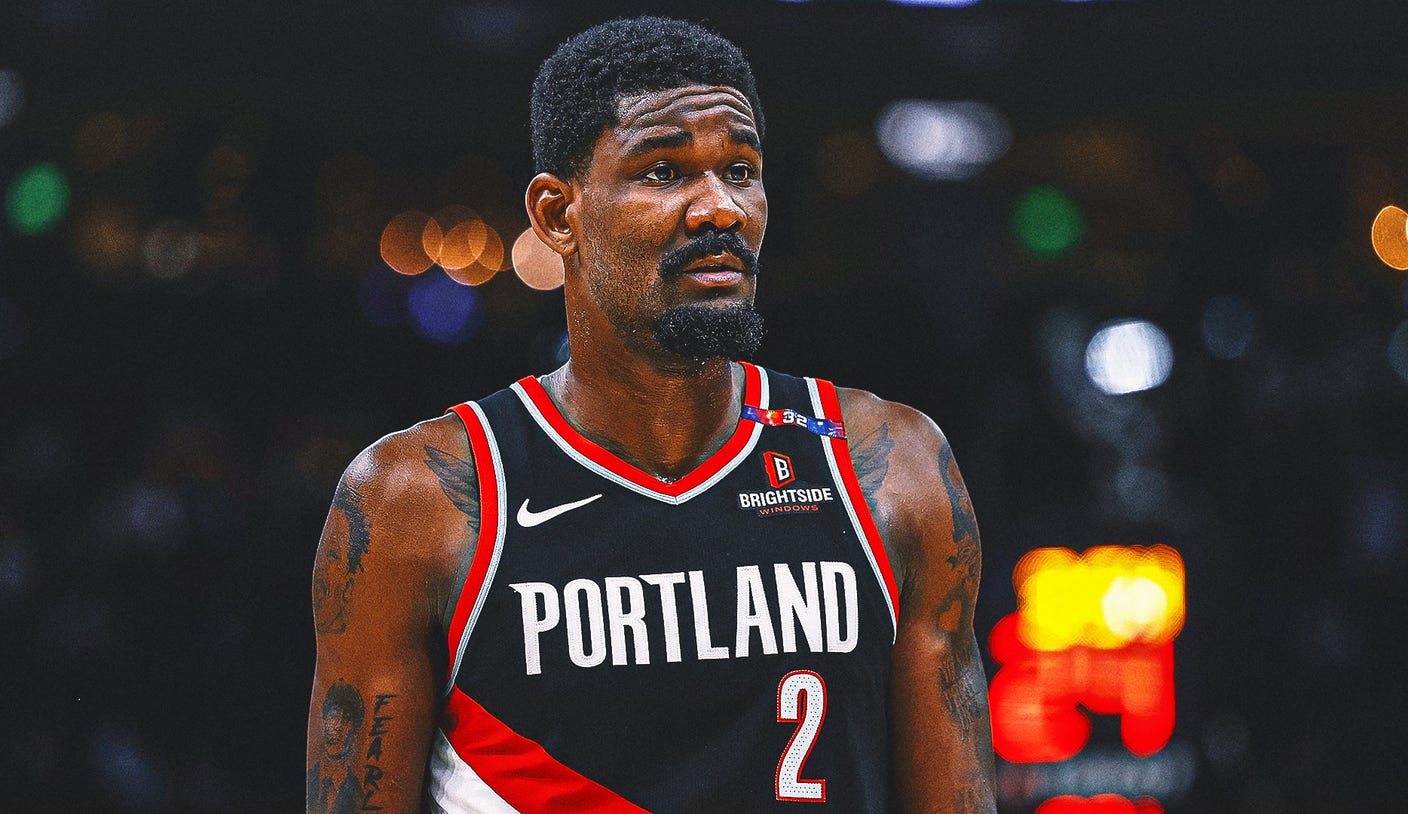Ad agencies say they never liked Google video partners inventory
One holding company told clients their exposure was limited after report found ill-placed ads on Google.

Top ad agencies are advising clients to steer video ad campaigns away from Google video partners after an in-depth report this week showed the program, which is supposed to be on par with YouTube video ads, was rife with quality issues.
One major media holding company sent an advisory note to clients yesterday, after being referenced in the Google ads report from Adalytics, the independent ad measurement group. Google video partners inventory fell below standards, the holding company said in the note obtained by Ad Age, adding that it mostly avoided the program since its inception.
The two biggest flaws in the program, the holding company said, were that advertisers could not apply “inclusion lists” to approve where ads ran, and there was no reporting from Google after campaigns ran telling brands where they appeared.
Those two factors made Google video partners an unmanageable black box for advertisers. The holding company said that its caution with Google video partners inventory meant its clients were not greatly affected by the report this week.
The Adalytics report outlined many of the limitations of the Google video partners program that were identified by the holding company. Ads from dozens of major brands were analyzed and were found to be running in low-quality environments, such as within made-for-advertising websites, which are notorious for sharing clickbait articles and pirated material.
The ads also appeared to run afoul of Google’s own standards. The ad program is supposed to offer brands TrueView video ads, the premium skippable ads that are familiar to YouTube viewers, on third-party sites that adhere to Google’s policies around content and design. The advertisers get extended reach on their campaigns outside of YouTube, while theoretically maintaining the same quality. But Adalytics claimed to find multiple instances of TrueView ads running on Google partner sites with auto-playing, sound-off video players. The ads are supposed to run in videos that are initiated when a consumer clicks play, and they are supposed to have the sound on.
The Adalytics report came as a shock to some media buyers and brands, after their ads were discovered in the darker corners of the internet. Agencies and brands have been in talks with Google about potentially asking for refunds if campaigns appeared on websites and in formats that missed Google’s standards.
Read more: Google video ads face inventory quality doubts
The spotlight on Google’s program became another moment for the industry to assess the quality of automated online ads. Programmatic advertising has been under scrutiny for years because of opaque supply chains, nefarious operators, limited measurement tools and concerns about brand safety.
Google issued a blog post late Tuesday that disputed the Adalytics report. For instance, Adalytics claimed that in one case, 80% of an unnamed brand’s TrueView ad campaign was served to video partners’ sites and apps and not to YouTube. Google said that, on average, partner sites account for about 20% of campaigns, with the rest running on YouTube. “The report wrongly implies that most campaign spend runs on GVP rather than YouTube. That’s just not right,” Marvin Renaud, Google’s director of global video solutions, wrote in the blog post.
Ad reps from Google were hard at work yesterday explaining the Google video partners program to confused media buyers. It is possible to opt out of Google video partners and only run ads on YouTube. There are some ad formats, such as video action campaigns, for generating sales leads, that are designed to run across the partner network. But even there Google said brands could work with account reps to avoid video partner sites.
It seems that at least a couple of major ad agencies already received the message. For instance, MiQ, a programmatic media buying firm, was referenced in the report but said that it had limited exposure to Google video partners. “MiQ’s best practice is to opt-out of Google video partners inventory wherever this is possible,” a MiQ rep said by email. “In contrast to the report, only a small fraction of MiQ-managed TrueView budgets were spent on GVP inventory so far in 2023.”
The report also named major holding companies, including Interpublic Group, Omnicom, Dentsu, WPP, Publicis and Horizon Media, saying they “appeared to have transacted muted, auto-playing, out-stream TrueView ads.”
“From MiQ’s perspective, this is yet another example that not all programmatic is created equally,” MiQ’s rep said. “This further underscores the importance of brands and agencies having specialized expertise and technology behind programmatic campaigns.”

 UsenB
UsenB 































